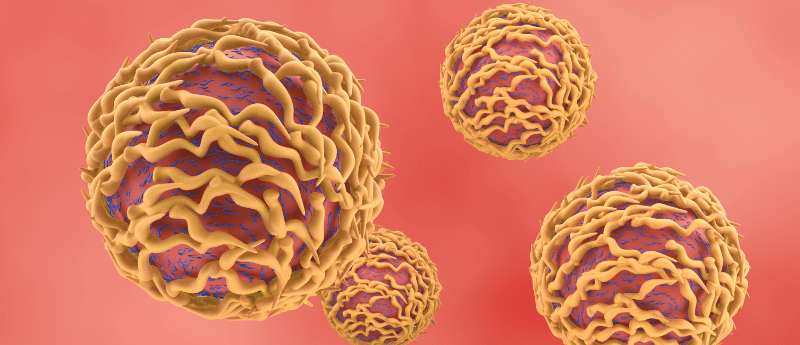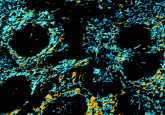Reframing current understanding of graft-versus-host disease

A recently published study has proposed an alternative explanation for how graft-versus-host disease is sustained following an allogeneic transplant.
Researchers from the University of Pittsburgh School of Medicine (PA, USA) have suggested that graft-versus-host disease (GVHD) is maintained by donor progenitor T-cells found in the affected tissue rather than by the migration of T-cells from the blood to the site. The findings published in Immunity detail how a series of experiments conducted by the team suggest that GVHD is maintained within the diseased tissue. The study results may lead to the development of novel therapies targeting GVHD-affected tissue and donor progenitor T-cells in favor of immunosuppressants.
GVHD arises when donor immune cells begin to target and attack tissue in the recipient following an allogeneic transplant. Current knowledge suggests that GVHD is maintained through the constant migration of alloreactive T-cells from the secondary lymphoid organ to the affected tissue via the blood. The present study explored different mechanisms of GVHD maintenance in affected tissue following transplantation.
One way this was done was by surgically combining mice with GVHD to develop a shared physiological system, known as parabiosis. The researchers tracked 1,203 alloreactive T-cell clones in a mouse model to determine their movement and analyze their migration and replication in the body. Using this information, the team applied a mathematical model which revealed that a small quantity of progenitor T-cells in the GVHD-affected tissue formed a larger pool of alloreactive T-cells. This technique allowed the team to identify a subpopulation of T-cells found in the GVDH-affected tissue that expressed the gene Tcf7. Additionally, a subpopulation of T-cells was discovered to differentiate into alloreactive T-cells following transplantation and engraftment.
“This finding is strong evidence that the disease is locally maintained by T-cells in each of the tissues. If tissues were constantly getting T-cells from circulating blood, then the frequencies of T-cell flavors in each tissue should become more and more alike over time — but we didn’t see that,” explained co-senior author, Warren Schlomchick.
Immunosuppressants are currently the standard treatment option and preventative approach utilized for GVHD, which has disadvantages. The team hopes that the insights of this study could result in the development of novel therapies targeting GVHD-affected tissue.
Schlomchick commented: “Now that we know the identity of progenitor cells, we might be able to prevent them forming early post-transplant or target them directly after they’ve formed. The findings also suggest that treating GVHD in the tissues themselves would be effective — although targeting tissues beyond the skin remains a challenge.”





